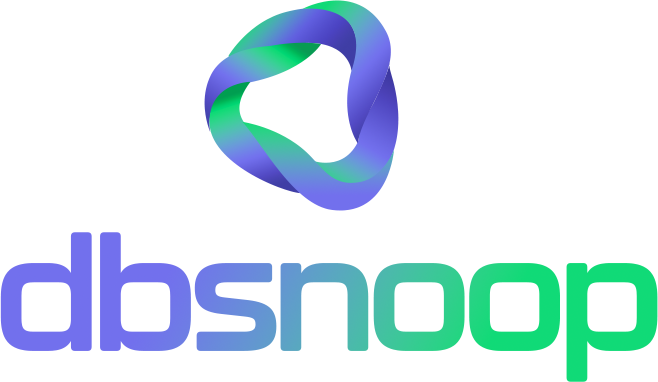

In a classic episode of Star Trek: The Original Series, titled “Return of the Archons,” the Enterprise crew encounters a civilization living under the control of a collective intelligence called Landru (an AI created by an engineer/philosopher of the same name). An artificial entity governing the population with “order and harmony,” suppressing free will.
What seemed like a utopia soon reveals itself as a dystopia. What makes the episode brilliant is its core idea: an apparently perfect system, orchestrated by many, but controlled by a single invisible mind.
This concept, introduced by Gene Roddenberry in the 1960s, anticipated a discussion that has only gained depth in recent decades: what happens when we bring together many human minds, connected through technology, working together as if they were one?
This is where the concept of the Supermind emerges.
What is a Supermind?
The term was coined and extensively explored by Thomas Malone, a professor at MIT Sloan School of Management, in his book Superminds: The Surprising Power of People and Computers Thinking Together.
Simply put:
A supermind is a system composed of many people, often combined with machines, that act collectively in an intelligent way.
Think of a swarm of bees. Each bee behaves relatively simply, but together, they can build highly complex structures, find food sources with astonishing precision, and maintain a perfectly functioning colony. It’s collective intelligence emerging from thousands of small interactions.
Now replace the bees with people, algorithms, networks, and AI. We’re talking about decision platforms, collaborative systems, intelligent communities, and hybrid organizations that function as true superminds.

Superminds in real life: we’re already surrounded by them
You might not have heard the term before, but you’ve seen it in action:
- Wikipedia: thousands of anonymous contributors maintaining the largest repository of human knowledge, almost in real time.
- Waze: drivers feeding a system that predicts traffic better than governments.
- GitHub: developers worldwide building, maintaining, and improving critical systems in a distributed, open, living model.
During the COVID-19 pandemic, we saw the power of superminds in action:
- Universities, hospitals, governments, and research centers collaborated globally to sequence the virus, test drugs, and develop vaccines at record speed, sharing data, algorithms, and protocols openly.
- Platforms like Folding@home turned thousands of individual computers into a distributed supercomputer simulating viral proteins to accelerate discoveries.
- Social networks and forums like Reddit and Twitter became hubs (sometimes chaotic, it’s true) for disseminating and validating information, memes, alerts, and emergent decisions—some saving lives, others less so.
The secret ingredient? Intelligent interaction.
It’s not enough to just gather people and machines. For a supermind to work, interaction must be structured, efficient, and purposeful. And here HCI (Human-Computer Interaction) comes into play again.
Every decision about how people interact with AI, with data, and with each other directly impacts the outcome. A system with a poorly designed interface can kill collaboration. A simple, transparent, and intelligent interface can amplify the collective power.
AI doesn’t replace a Supermind—it expands it
Contrary to popular fear, AI doesn’t remove the need for people in complex systems. It serves as:
- A process accelerator;
- An intermediary between humans and data;
- A debate moderator;
- A decision assistant.
But the human factor, creativity, empathy, context, remains indispensable. When combined thoughtfully, the result is exponential.
If AI is the fast-processing brain, the Supermind is the entire organism evolving with purpose.

How to build a Supermind
If you’re developing AI-based products, or want to transform your organization into a collectively smarter entity, start with these questions:
- Who are the human agents in your network? Do they have a voice?
- Is AI empowering people, or controlling them?
- Is there transparency in the decisions made by the “collective mind”?
- Does the system learn from the group’s experience?
- Are interactions collaborative, competitive, or hybrid?
Answering these questions is the first step toward moving beyond the logic of “users and systems” and into a new level: humans and machines thinking together.
We’re living the future fiction predicted
Roddenberry knew: the future of technology was not individual, but collective.
The Enterprise only reached where it did because it had a diverse, connected, and coordinated crew. The ship’s computer was not the commander—it was the oracle, the guide, the silent support.
This is exactly what the best AI applications are doing today: not leading alone, but catalyzing the power of the collective.
In this accelerating moment of history, it won’t be the fastest who win, but the most connected.
If you’re still developing systems that isolate people instead of connecting them, it might be time to rethink. Superminds are here, and those who understand this first will be light-years ahead.
Enjoyed the article?
If you want to discuss how your company can apply the concept of Superminds in products, data, or operations, reach out. Always open to intelligent conversations with curious minds.
Long, prosperous, and collective life.
Schedule a demo here.
Learn more about Flightdeck!
Learn about database monitoring with advanced tools here.
Visit our YouTube channel to learn about the platform and watch tutorials.


